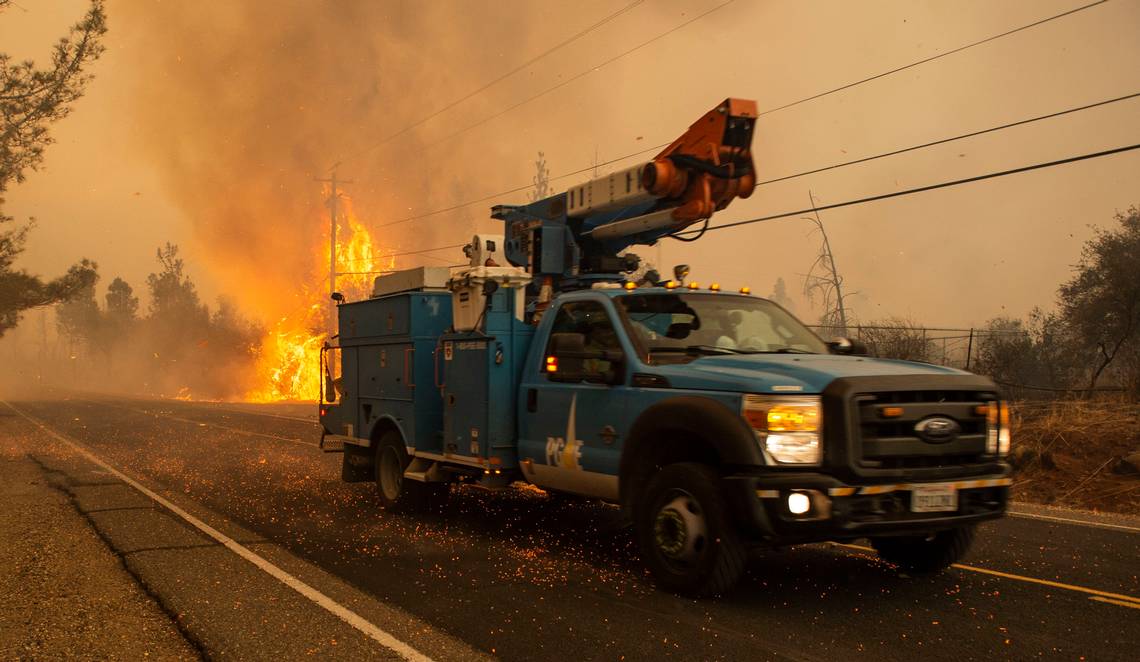Amid a second straight year of bone-dry conditions and worsening drought and following four years of intense negotiations with agricultural and urban water users and environmental advocates, Gov. Gavin Newsom and his administration rolled out what they pitch as a “peace accord” on the state’s water wars.
The deal, dubbed the voluntary agreement for water management, has left Valley farmers and water users searching for a different description.
Instead, many Valley water officials and farmers feel as though they are living as the unnamed band leader referenced in the The Godfather and Newsom is giving them an offer they can’t refuse.
Given the options in front of them, either their brains or their signature will wind up on the voluntary agreement.
Enforcer Luca Brasi, in this particular analogy, is the State Water Resources Control Board and its Bay Delta Water Quality Plan.
Over strenuous objections from water users and intense controversy, the panel approved a version of the Bay Delta plan in 2018 that called for 40 percent of water from the tributaries of the San Joaquin River to flow unimpaired into the Sacramento-San Joaquin Delta and flush out into the Pacific Ocean.
At the time, an agreed-upon voluntary agreement structure was seen as a preferable option to avoid intense cutbacks to water supplies via the Bay-Delta plan.
So what’s in the voluntary agreements?
The agreement calls for farmers and urban water users to forfeit up to 825,000 acre-feet of water annually for environmental purposes to aid native fish populations in the Delta.
This forfeiture of water would occur in dry, average, and normal water years.
Additionally, water agencies will be responsible for roughly $522 million share of costs via environmental water, science programs to support habitat restoration, and governance costs.
The State of California is committed to fund the agreements to the tune of $1.4 billion, with an additional $740 million from the Federal government for habitat restoration and scientific costs.
An early rift emerges among water players
Tuesday’s announcement of the voluntary agreement comes as the Newsom administration sought to secure support of the deal through the general managers of California’s top water agencies.
One of particular note locally is Westlands Water District, who signed the initial memorandum of understanding to join the agreement.
In a statement, the chief for the state’s largest agricultural water district celebrated the agreement as “vitally important.”
“The program advanced today represents a fundamental change in how state agencies, federal agencies, public water agencies, and other interested groups approach efforts to protect the environment and provide water for cities, industries, and farms,” said Westlands Water District chief Tom Birmingham.
“This program will take a comprehensive approach to restoring healthy rivers and ecosystems, improving the viability of native fish populations, and providing water supply reliability to communities and farms in nearly every region of the state. This is vitally important to California agriculture, which provides more than two-thirds of the nation’s fruits and nuts and more than one-third of the nation’s vegetables.”
Another major player in the state that signed-on to the effort? Metropolitan Water District of Southern California, the state’s single largest water district encompassing much of Los Angeles and southern California.
Per documents obtained by The Sun, the following Valley-centric and Valley-affiliated agencies signed the preliminary pact on Tuesday: State Water Contractors, Kern County Water Agency, and Westlands Water District.
One notable name missing? Friant Water Authority and its 17 individual water agencies.
As structured, if Friant were to join the voluntary agreement, it would be the second-largest contributor of funds, trailing only Metropolitan.
In a statement, Friant Water officials said that the agreement tendered in Tuesday has “outstanding issues that remain unresolved” compared to the 2018 proposed agreements – of which it was supportive.
“[Friant Water Authority] has been in ongoing communications with the state and federal governments in an attempt to find a path forward that would allow us to be a party to the voluntary agreement for commitments from Friant to remain in the agreement,” the water agency said.
“We are appreciative of this dialogue and will continue to engage with government agencies in a good faith effort to resolve are outstanding issues. We remain hopeful that there is a course of action that will bring resolution to our remaining issues and that we will be able to sign the MOU supporting the proposed voluntary agreement term sheet in the very near future.”
In the north Valley, the Newsom administration’s posture with the voluntary agreement is unlikely to break the loggerheads generated through the Bay-Delta plan.
The Modesto Irrigation District and Turlock Irrigation District remain locked in litigation with California over the Bay-Delta Plan and have vociferously opposed any voluntary agreement with the state.
They have an unlikely ally in that battle: the San Francisco Public Utilities Commission, which is reliant on the Tuolumne River to funnel resources from the Sierra – including Hetch Hetchy – to serve the peninsula.
Last fall, the Newsom administration threatened all three agencies with more severe water cuts than prescribed in the Bay-Delta plan.
California Environmental Protection Agency Secretary Jared Blumenfeld told reporters that Modesto and Turlock irrigation districts’ perspective presented a freeriding issue for the voluntary agreement.
“It’s really important that we have a regime to make them provide (river) flows, because otherwise, if we didn’t, it would put an undue burden, an unfair burden on the folks signing the (voluntary agreements),” Blumenfeld said, per McClatchy, adding that elements of the current proposal “are not seen as negotiable.”
In their own statement, the Stanislaus County-based water districts indicated their willingness to further negotiate with state officials.
“We will keep pursuing every avenue to reach an agreement that benefits all — the Tuolumne River, our communities and our customers,” the pair said.
Enviros want more
Despite allocating hefty water and financial resources toward environmental improvements for the Sacramento-San Joaquin Delta and its rivers, some of the California’s top environmental advocates have already chided the proposal for failing to go far enough.
Doug Obegi with the Natural Resources Defense Council told McClatchy that the 825,000 acre-feet of water dedicated annually for environmental purposes “is far less than half of what’s needed.”
He also dismissed the view that the Newsom-led proposal would bring peace to the state’s water wars, arguing that environmental leaders were excluded from talks.











